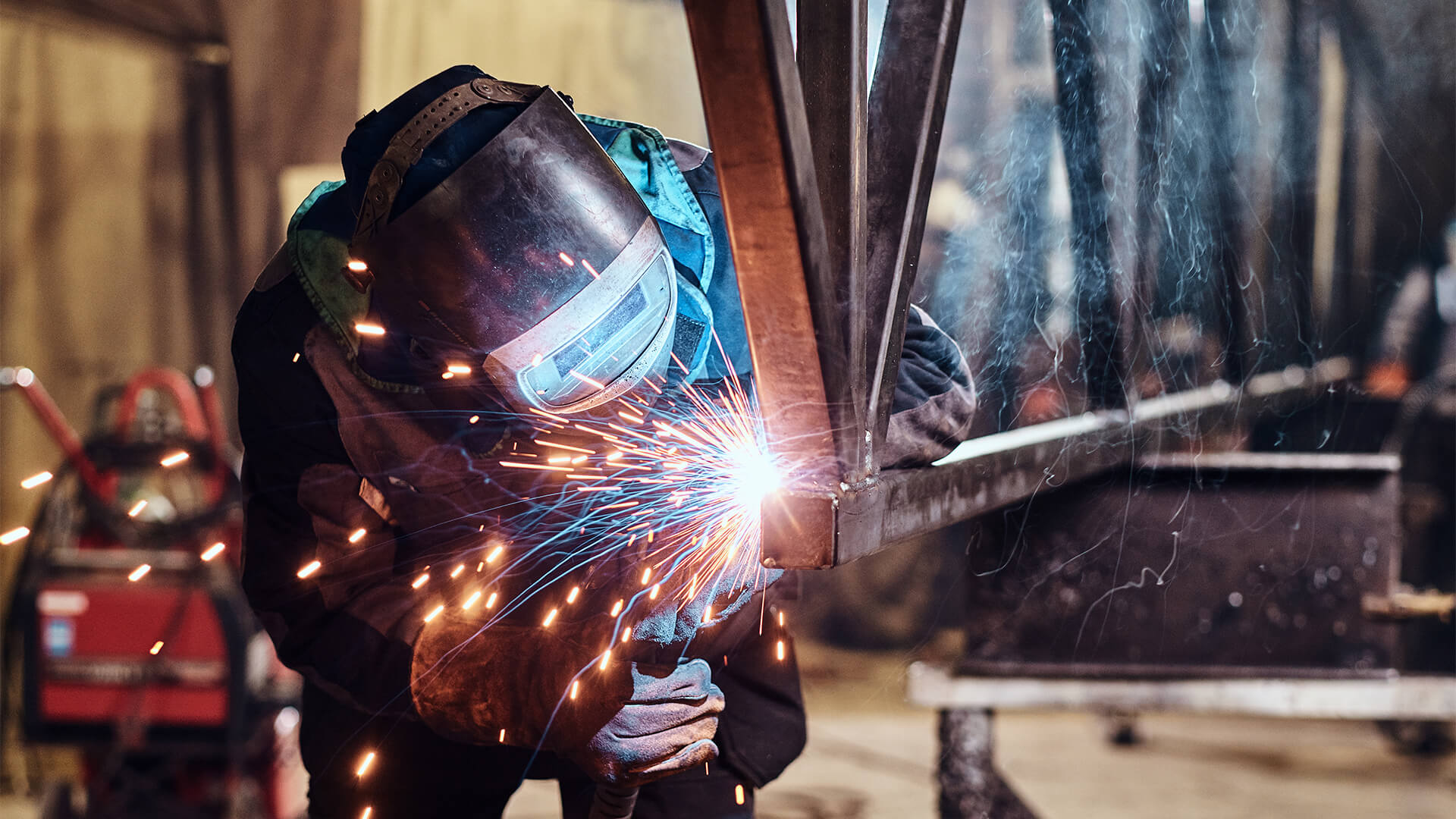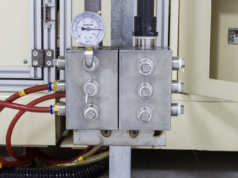
The future of steel welding and advancements in fiber handheld laser technology have opened the door to a whole new world of possibilities. Steel welding has always been an important practice for many industries, but with the advent of modern laser technology, it is now possible to create stronger welds than ever before with far greater precision.
The introduction of fiber lasers has made this process even more efficient and reliable, allowing for faster production times and improved quality control. With such incredible advances coming out every day, its no wonder that these technologies are quickly becoming invaluable tools for businesses around the world.
Improving Steel Welding Through Innovative Technologies
Steel welding has been an important part of manufacturing for decades, and with the development of innovative technologies, it is becoming even more reliable. Fiber handheld laser technology has revolutionized steel welding in many ways; from improving weld quality to increasing efficiency and reducing costs. This new technology uses lasers to heat specialized fibers which can be used to quickly melt metal surfaces into a solid bond.
The process also produces smoother welds that are stronger than traditional methods and require less cleanup afterward. The application of this cutting-edge technology is allowing engineers and fabricators to create higher-quality products at lower prices in less time than ever before.
Moreover, fiber laser welding also enables the use of thinner materials without sacrificing strength or durability, as well as providing greater precision when working with complex shapes or intricate designs. By utilizing these advanced techniques, manufacturers are able to produce top-of-the-line steel structures while still keeping their costs down.
Advancing Fiber-Handheld Laser Technology for the Future

Advancing Fiber Handheld Laser Technology for the Future is a critical step in ensuring that steel welding remains at the cutting edge of manufacturing and engineering. Over the last decade, handheld laser technology has rapidly evolved to include fiber-based systems, allowing for faster, more accurate welds than ever before.
This advancement provides access to powerful tools that can produce high-quality, reliable welds with minimal effort and cost. In addition to increased precision and speed of production, fiber handheld lasers also offer improved safety features such as reduced emissions and less heat generated during operation.
By leveraging this new technology, steel welding operations can become even more efficient while maintaining quality standards. With these innovations come unprecedented opportunities to improve existing processes or develop entirely new applications in steel fabrication or other industrial arenas.
As we move into an era where technological advancements are commonplace, it will be crucial for engineers and manufacturers alike to take full advantage of all that fiber-based lasers have to offer if they wish to remain competitive in today’s changing market landscape.
Exploring New Possibilities with Steel Welding and Fiber Lasers

The possibilities of steel welding and fiber handheld laser technology are endless. Recent advancements in these technologies have opened up exciting opportunities for the future of metal fabrication and engineering.
Steel welders can now join two pieces of metal together with incredible precision, while fiber lasers allow engineers to cut through metals at greater speeds than ever before. With this combination, we’re seeing an exponential increase in efficiency, accuracy, and cost savings across a range of manufacturing applications.
This increased capability is enabling businesses to explore new ideas that might otherwise have been inconceivable or too costly to implement in the past. For example, many companies are now able to create complex structures out of thin sheets of steel without any need for additional support materials like clamps or brackets – something which would not have been possible without modern laser welding techniques.
Conclusion
The advancement of fiber handheld laser technology in steel welding is proving to be a great benefit for the industry. This new technology has allowed welders to work faster and more accurately than ever before, while also reducing safety risks associated with traditional welding methods.
By using fiber lasers, welders can now confidently complete complex projects that would have been impossible just a few years ago. With such impressive results being seen already, its clear that the future of steel welding will be powered by fiber lasers and other cutting-edge technologies.








